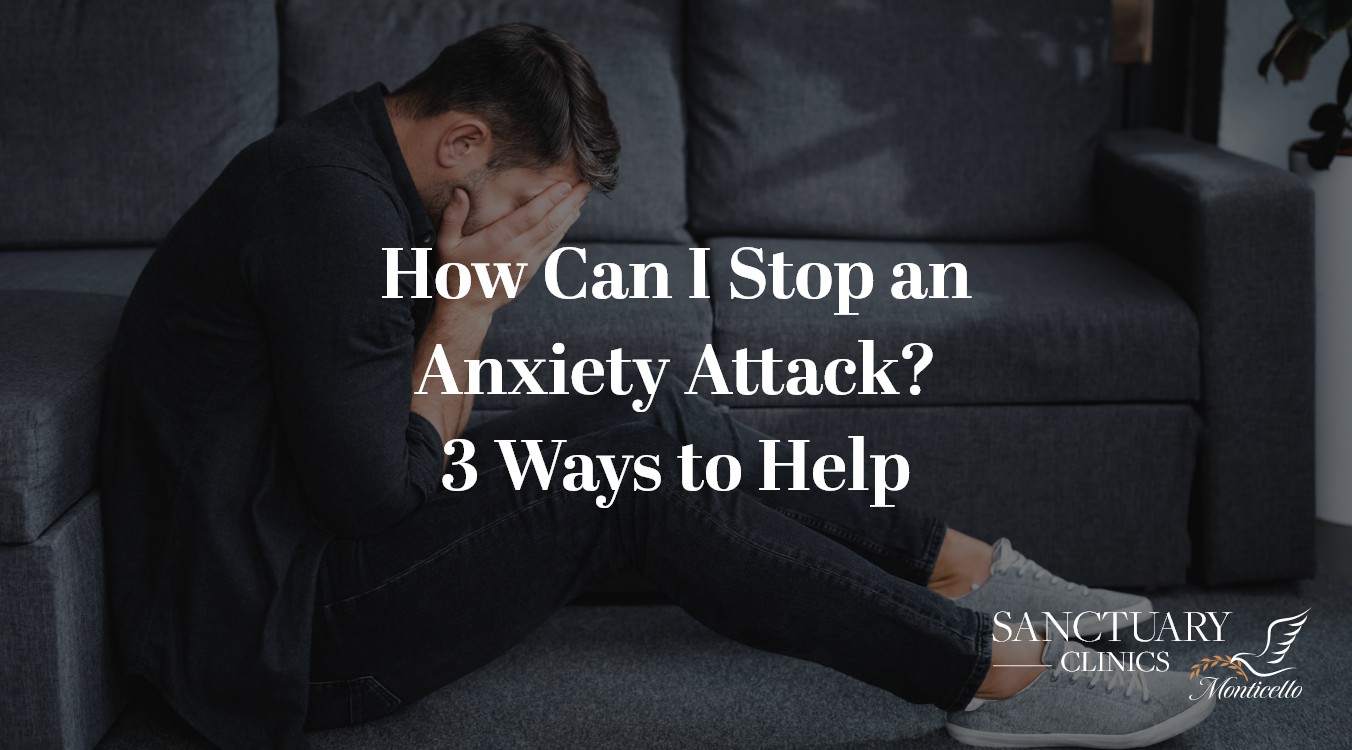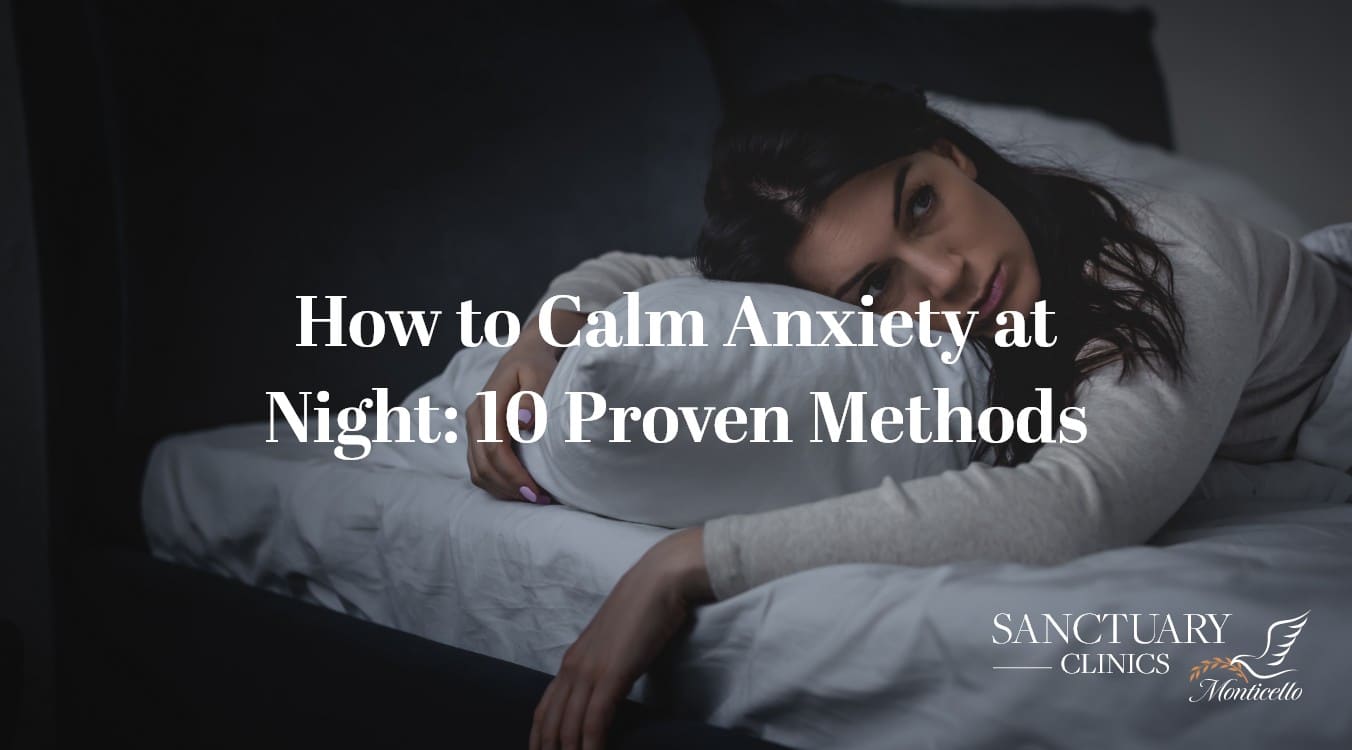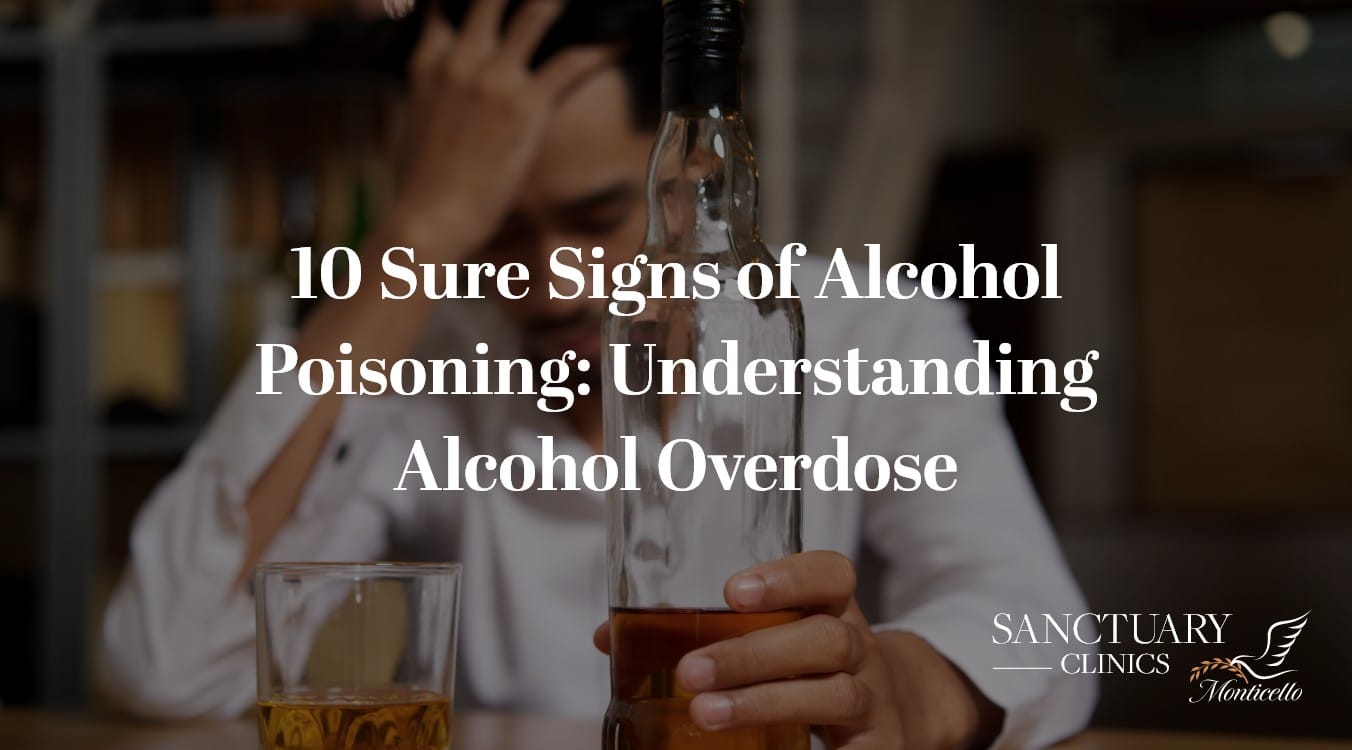Having a bit of anxiety is normal, but it becomes a disorder when it starts affecting your normal everyday functioning, whether socially, emotionally, mentally, or relationally. There are many kinds of anxiety disorders which are characterized by a trigger in the environment (specific animals, heights, water, crowds) and the cognitive appraisal of the said trigger. Anxiety is also characterized by avoidance behavior, an overly exaggerated appraisal of the perceived threat or fear, or an overestimation of the danger faced (in social anxiety, you may fear being negatively judged, humiliated, embarrassed, rejected or even offending others.)
There are three ways to stop or lessen the severity of an anxiety attack. Breath control and mindfulness, therapy and CBT, and prayer and godly meditation on his word.
What is anxiety?
To understand anxiety, we first need to know fear. Fear is an evolutionary necessity which has been hardwired into us as humans. Fear is the response to a threat in your environment, either real or perceived, which can be characterized by actions like the fight or flight response. The response to fear was often the difference between survival and death. For example, in the face of a deadly animal, your adrenaline would get pumped/heightened and the blood flow to your extremities would increase to aid your body to run faster. Fear thus was and is still a necessary and helpful response which helps us have heightened acuity and responses in times of danger. In times of fear, your body reverts to the limbic system (the survival system), bypassing other centers of thought like the prefrontal cortex which is used for making decisions, and goes straight to the amygdala where fight and flight responses are controlled.
Anxiety, on the other hand, is the anticipation of a perceived threat, real or not. Anxiety is not an evolutionary biological response, but rather a learned response with an emphasis on muscle tension and excessive preparation, to avoid future events which can be triggering. Sometimes, anxiety symptoms will overlap with fear, but most often anxiety is relegated to the realm of perception.
Most anxiety disorders begin in childhood and will persist if not treated. Also, to be classified as an anxiety disorder, symptoms need to be persistent (a period of up to six months) and should not be attributable to another external factor like medication or substance use/withdrawal, or another disorder.
Get Help Today.
We are here to help you through every aspect of recovery.
Let us call you to learn more about our treatment options.
We are here to help you through every aspect of recovery. Let us call you to learn more about our treatment options.
What is an anxiety attack?
According to the latest Diagnostic and Statistical Manual of Mental Disorders (DSM 5), there is no mention of anxiety attacks, although there is a chapter on anxiety disorders which contains a section on panic attacks. For this article, we shall define an anxiety attack as a sudden/abrupt surge in anxiety, intense fear, or discomfort which peaks within minutes. This surge can be either expected (presence of a trigger in the environment or a slow build-up of anxiety within your mind/body), or unexpected (where there is no apparent trigger and it happens out of the blue), and is characterized by physical symptoms such as:
- Palpitations
- Trembling or shaking
- Sweating
- Shortness of breath
- Feelings of choking
- Nausea
- Chest pains and tightness in your chest
- Dizziness, light headedness, and feeling faint
- Chills
- Fear of dying
- Fear of losing control
- Tingling sensations
- Feelings of detachment from yourself
Anxiety begins in your mind with your perception of stimuli in your environment. But at the moment of having an anxiety attack, these symptoms are evident in your body, and last for a few minutes in increasing intensity. As such, cognizance of the onset of an attack is an added benefit in helping you manage these anxiety attacks.
These are three ways in which you can stop an anxiety attack or at least mitigate the severity of the attack.
- Breath control and mindfulness
When having an anxiety attack, the shortness of breath leads to a deficit in oxygen flowing through your blood. Shortness of breath leads to palpitations, light headedness and can lead to panicking. Breath control is a practice which can be perfected and done before the onset of a panic attack to prepare you for the eventuality of an attack. Breath control involves practicing how to take deep breaths in and out, and how to relax yourself and gather yourself during a panic attack. Breath control works together with mindfulness training, whereby you learn how to be consciously aware of your thoughts, and to observe them as they come into your mind, without being attached to any thought. With mindfulness, you are able to observe the negative thought patterns going on in your mind and you are able to identify the thoughts which are making the anxiety attack worse. You will then have the ability to replace these thoughts with positive, gentle ones which may facilitate relaxation. - Therapy and CBT
Therapy is also helpful in learning to use our cognitive abilities to influence our behavior. In Cognitive Behavioral Therapy (CBT), a trained therapist helps you to investigate and uncover deep rooted behavior patterns and the cognitive thought processes which lead to your behavior. For example, a person who gets anxious in social settings may be replaying a script in their mind about how they will be humiliated based on something they witnessed in childhood. So, their anxiety in social settings is made worse by this train of thought. Through CBT, this person would be able to discover the root cause in their thought process, and with the tools given/taught to them by the therapist, they will be able to uproot these thoughts and replace them with more supportive thoughts. Therapy is a great way of being equipped/prepared before an anxiety attack happens. Just like people with phobias or anxiety go to great lengths to orchestrate events so the thing they are afraid of is not something they encounter in their daily lives, therapy is an example of a behavior which can be engaged in to prevent or mitigate the severity of an anxiety attack from before it happens. Therapy also helps you confront the negative ideas you hold of yourself, the intrusive thoughts which present themselves during an attack, and the thoughts of detachment and separation from yourself which may be present during an attack. In therapy, you can also be better equipped to deal with the stressors in your environment which may be contributing to the slow building anxiety you experience before a full-blown attack. - Prayer and godly meditation on his word
A characteristic of an anxiety attack is the negative train of thought and perception of yourself. It is also characterized by a state of persistent worry concerning things which may or may not be within your control. This is opposed to what we as Christians are called to do in the Bible in Philippians 4:6-7, which says, “Do not be anxious about anything, but in every situation, by prayer and petition, with thanksgiving, present your requests to God. And the peace of God, which transcends all understanding, will guard your hearts and your minds in Christ Jesus.” We are told nobody, by being anxious or worried, has ever been able to add a single hour to their life (Matthew 6:27). When we pray, in accordance to God’s will, we are showing our dependence on Him in our weakness. In times of confusion when anxiety and uncertainty are rampant, prayer gives us clarity from God, and we get answers to the things we have not been able to resolve with our finite mind, but God in His infinite power can solve. We are also urged not to bring only the complicated situations to God, but even the mundane things, like asking God to walk ahead of us as we enter a room full of people we may be afraid of. In the Bible, we get to see ourselves as God sees us, as God created us to be, in our truest and most ideal state. The Bible speaks to us, encourages us, strengthens us, comforts us, gives us wisdom, and equips us to overcome whatever challenges the day may bring to us. When we see ourselves as God sees us, we are made whole and set free from the false perceptions and burdens we so often carry around with us. The second part of the Philippians 4:6-7 says the peace of God which transcends understanding is the result of prayer and petition in presenting our requests to God instead of worrying about them. This peace is one which guards our hearts from anxiety and keeps watch over our minds to prevent thoughts which are not captive to Christ from taking reign in our mental lives.
Therefore, although anxiety attacks can seem so sudden and insurmountable, with breath control and meditation, therapy, and prayer, anyone can overcome the next time anxiety attacks come around.
Sources:
American Psychiatric Association. (2013). Diagnostic and statistical manual of mental disorders (5th ed.). https://doi.org/10.1176/appi.books.9780890425596
Get Help Today.
We are here to help you through every aspect of recovery.
Let us call you to learn more about our treatment options.
We are here to help you through every aspect of recovery. Let us call you to learn more about our treatment options.









